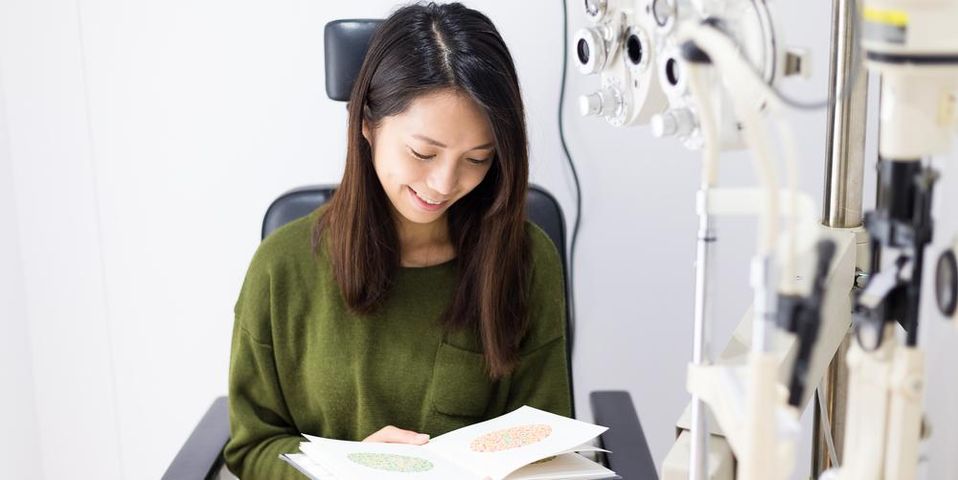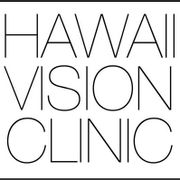Common Tests Performed by an Ophthalmologist During a Comprehensive Eye Exam

Every year, it’s important to get a comprehensive eye exam from a trusted ophthalmologist. While the tests used to measure your ocular health will vary depending on your symptoms, risk factors, and family history, they are all essential for catching problems early and protecting your vision. Offering complete eye care in Aiea, HI, Hawaii Vision Clinic outlines some of the most common tests you can expect during your next exam.
Types of Tests Used in a Comprehensive Eye Exam
Tests That Assess Vision
The visual acuity test is a common way for doctors to get a sense of how precise your vision is as they ask you to identify letters or shapes on an eye chart. To get a more accurate idea of what your corrective vision prescription is, a refraction test is necessary. This is the test where you look into a scope and determine which lenses look better. Autorefractors and aberrometers are advanced tools that may also be used to determine prescriptions in a more efficient manner. Each test measures how your eye responds to certain stimuli, such as light, to spot errors in vision.
Tests That Measure Perception & Function
 Color blindness tests are used to see if you can distinguish different hues from others or if there is a health problem affecting your ability to perceive color. Stereopsis tests, on the other hand, require you to look at 3D images with special glasses to determine if you have trouble with depth perception.
Color blindness tests are used to see if you can distinguish different hues from others or if there is a health problem affecting your ability to perceive color. Stereopsis tests, on the other hand, require you to look at 3D images with special glasses to determine if you have trouble with depth perception.
During a cover test, the ophthalmologist may have you shield one eye and focus on a faraway object. You’ll repeat the exercise by covering the other side, and if the eye has to move to focus on the object, it could be an indication of a lazy eye. You may also be asked to track light with your eyes during an ocular motility test to see if they are moving normally.
Tests That Screen for Eye Diseases
Ophthalmologists may use digital retinal imaging to take photographs of ocular blood vessels and look for complications related to diabetes or high blood pressure. A slit lamp test offers another way to screen for eye disease, as it allows the specialist to look for physical warning signs using a binocular microscope. If you need to be screened for glaucoma, you should also take a tonometry test that dispenses a small puff of air into the eye to measure internal pressure.
While many different tests may be used during your next exam, they are all fairly easy and comfortable to complete. More importantly, they can help identify complications early on and offer a way to treat or resolve the issue. To schedule an eye exam in Aiea, HI, contact the friendly team at Hawaii Vision Clinic by calling (808) 487-7938. You can learn more about the services offered by these ophthalmologists online.
About the Business
Have a question? Ask the experts!
Send your question

